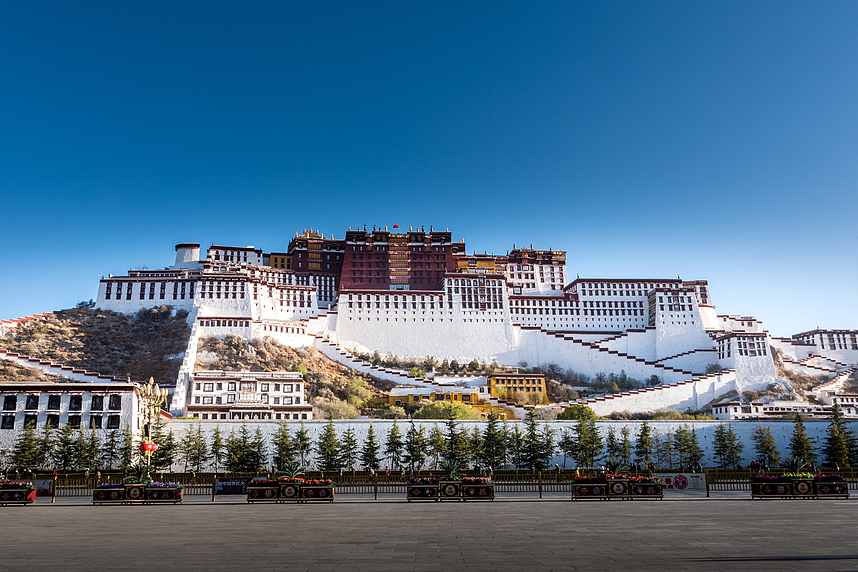Japan's disinformation campaign sparks concern

If you search for information related to Japan's nuclear-contaminated water release on X, formerly Twitter, you will probably see a popup that alerts you this might be disinformation.
One particularly widely circulated post on X explained the distinction between general nuclear plant wastewater and Fukushima's contaminated water. However, it was swiftly labeled as Chinese disinformation. Social media's censorship of posts related to Japan's nuclear-contaminated water discharge has revealed a large-scale Japanese disinformation campaign and the role of Western media in it.
Japan has taken steps to combat what it terms "misinformation" surrounding its nuclear-contaminated water discharge. The nation has allocated a substantial budget, reportedly 70 billion yen ($470 million), to address this narrative issue. The move includes the use of AI to monitor reports related to the release of nuclear-contaminated water, raising concerns about potential bias and manipulation of information.
Another critical point of contention lies in the labeling of the nuclear-contaminated water itself. Japan refers to it as "ALPS-treated water", emphasizing that all radionuclides have been removed except tritium and carbon-14. However, China, South Korea, and other Pacific nations refer to it as "contaminated water", highlighting the broader range of radioactive materials it contains due to direct contact with melted reactor cores. The ongoing debate underscores the highly politicized nature of the issue.
Critics argue that Western media outlets are largely downplaying Japan's nuclear-contaminated water release while focusing on China's response.
The Japanese embassy in China claimed Beijing has taken an "aggressive" stance by banning Japanese aquatic products and harassing Japanese restaurants.
While these claims have garnered attention, what remains largely unreported in Western media is the wave of harassment calls directed at the Chinese embassy and its citizens from Japan.
According to a statement from the Chinese embassy, obtained by China Daily, following Japan's decision to release nuclear-contaminated water into the ocean, the embassy staff members have been subjected to a wave of hostile calls, intense shouting, and even personal threats from Japan.
The embassy's fax machines have been inundated with letters containing radical content. Additionally, right-wing groups have reportedly been disrupting the embassy's operations by causing disturbances at its entrance.
History revisited
While Japan is not the first nation to resort to ocean disposal of radioactive waste, the West's defense of Japan's actions draws attention to its own historical behavior.
From 1946 to 1993, the United States, the United Kingdom, France, and other nations disposed of more than 200,000 tons of solid nuclear waste into the oceans. The US alone released a staggering 190,000 cubic meters of radioactive materials into the North Atlantic and Pacific oceans during this period. This tally does not even encompass the environmental impact resulting from the 67 nuclear tests carried out by the US in the Pacific from 1946 to 1958.
Japan, in contrast, has presented itself as a victim of nuclear devastation. The only nation to have suffered nuclear bombings, Japan has faced its share of environmental catastrophes. In 1953, the discharge of toxic water from a chemical plant in Minamata city in Kumamoto Prefecture, contaminated fish, leading to more than 900 deaths.
Wan Xingyue, Chen Wanshu and Wang Chunqi contributed to this story.

Today's Top News
- Autonomous region's 60th anniversary starts new chapter for beautiful Xizang
- Xi leaves Xizang after attending region's 60th founding anniversary celebrations
- Xi attends grand gathering to celebrate Xizang autonomous region's 60th founding anniversary
- V-Day parade to unveil advanced weapons
- Intertwined economies, diverging systems
- PV industry gets ready for next phase






























